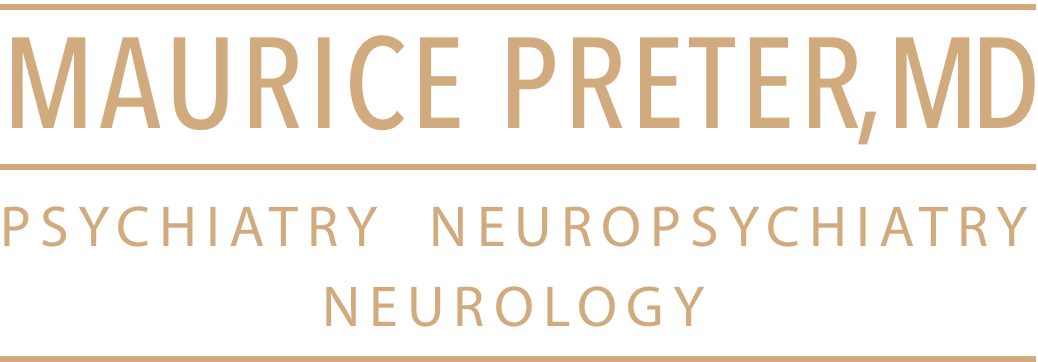| Br J Psychiatry. 2007 Apr;190:339-43. | Related Articles, Links |
Association between trauma exposure and delusional experiences in a large community-based sample.
Scott J, Chant D, Andrews G, Martin G, McGrath J.
Kids in Mind Research, Mater Children’s Hospital, South Brisbane and Queensland Centre for Mental Health Research, Wacol, Queensland.
BACKGROUND: Surveys have found that otherwise well individuals report delusional experiences. Previous studies have shown an association between psychotic symptoms and exposure to trauma. AIMS: To explore the association between trauma and delusional experiences in a community sample. METHOD: Respondents (n=10 641) were assessed for delusional experiences, exposure to various types of traumatic experiences and the presence of post-traumatic stress disorder (PTSD). The endorsement of delusional items was examined in people exposed to traumatic events who did or did not have PTSD. RESULTS: Exposure to any traumatic event but without the development of PTSD was associated with increased endorsement of delusional experiences (relative risk 2.68, 95% CI 2.18-3.30) and there was a significant dose-response relationship between the number of types of traumatic events and endorsement of such experiences (chi(2) =26.74, d.f.=2, P<0.001). A diagnosis of PTSD further increased endorsement of delusional experiences (RR=9.24, 95% CI 6.95-12.27). The association between PTSD and delusional experiences remained significant after adjusting for factors associated with psychotic symptoms. CONCLUSIONS: Further investigation into the pathways between trauma, delusions and psychosis may provide insights into shared aetiological mechanisms underpinning these conditions.
PMID: 17401041 [PubMed – in process]


